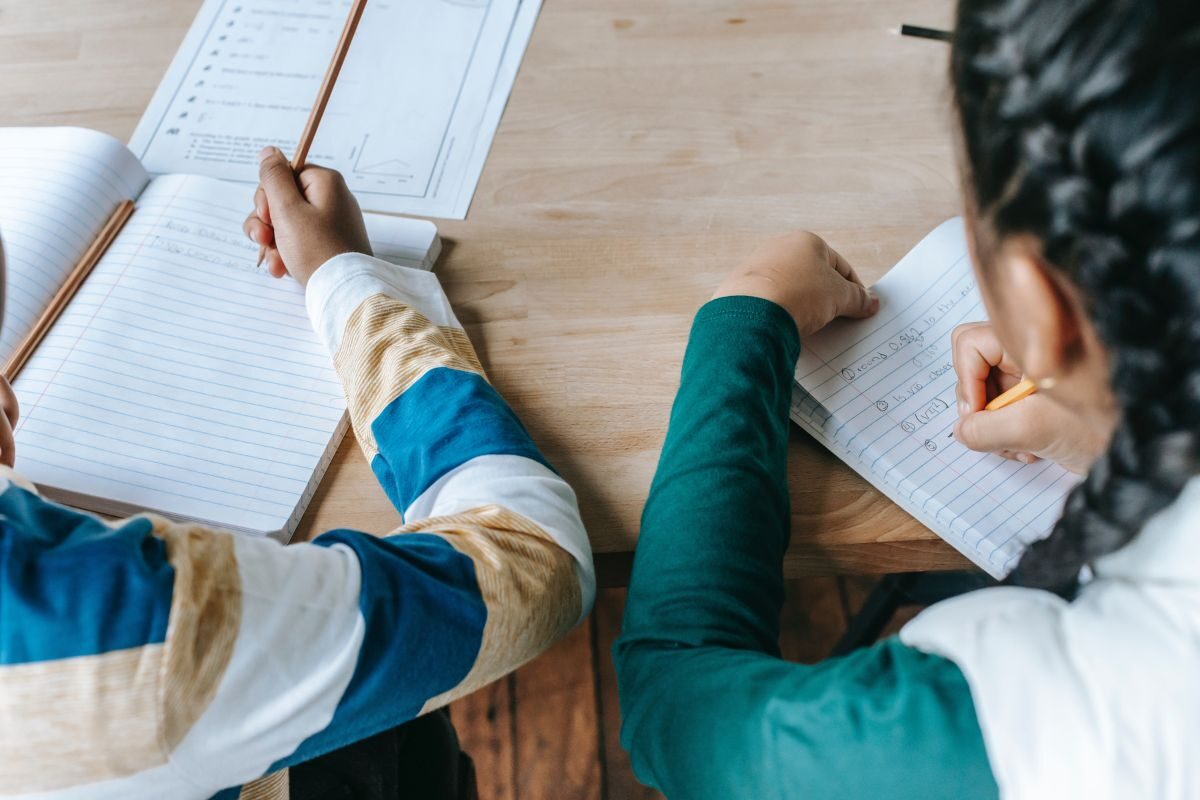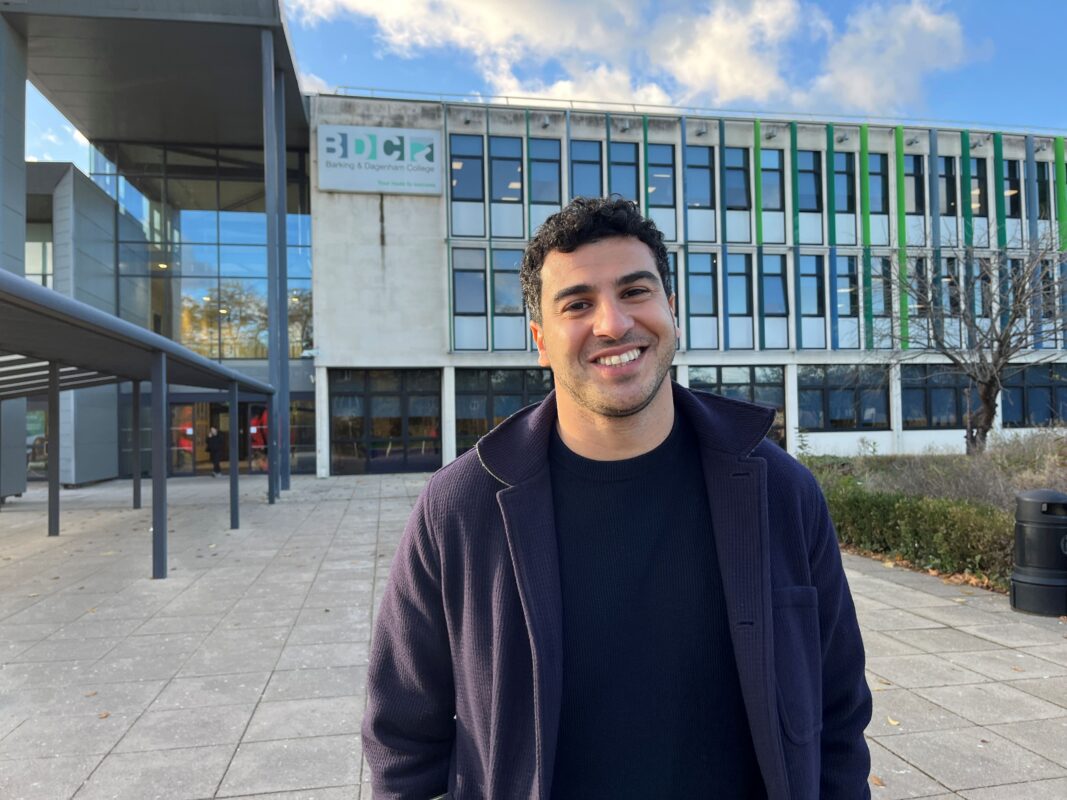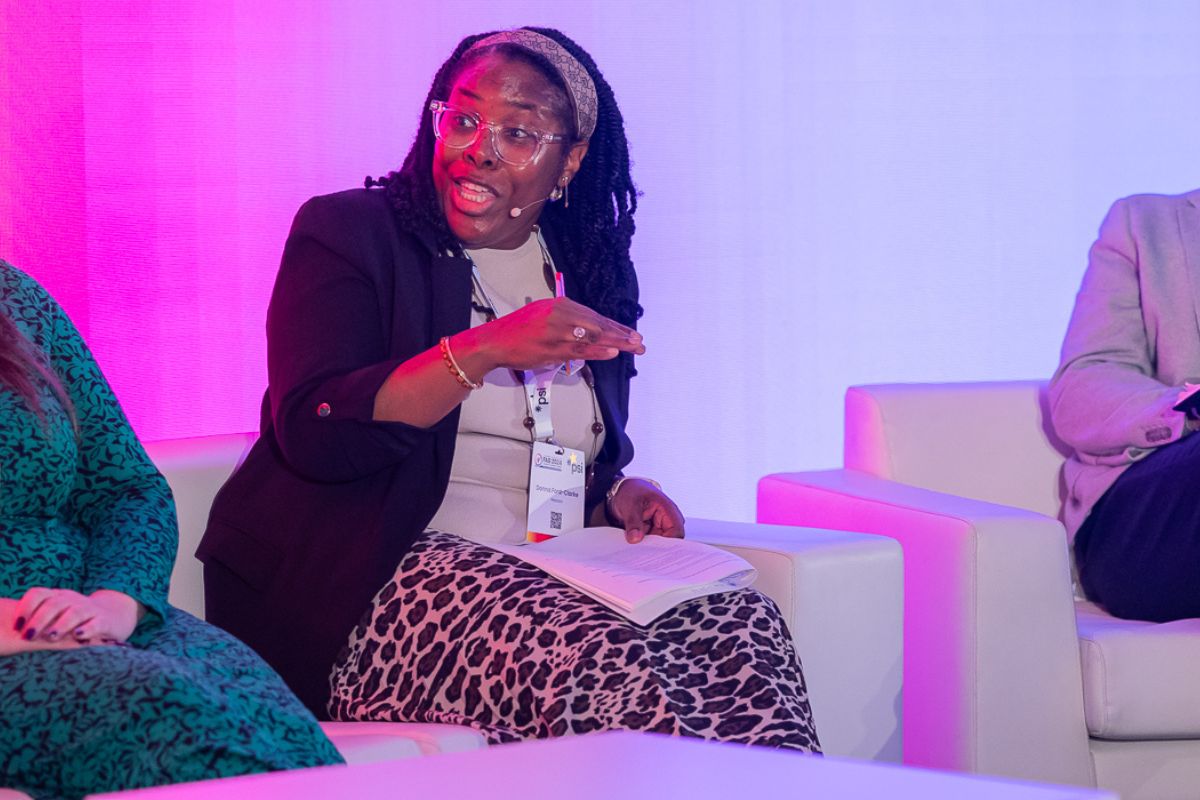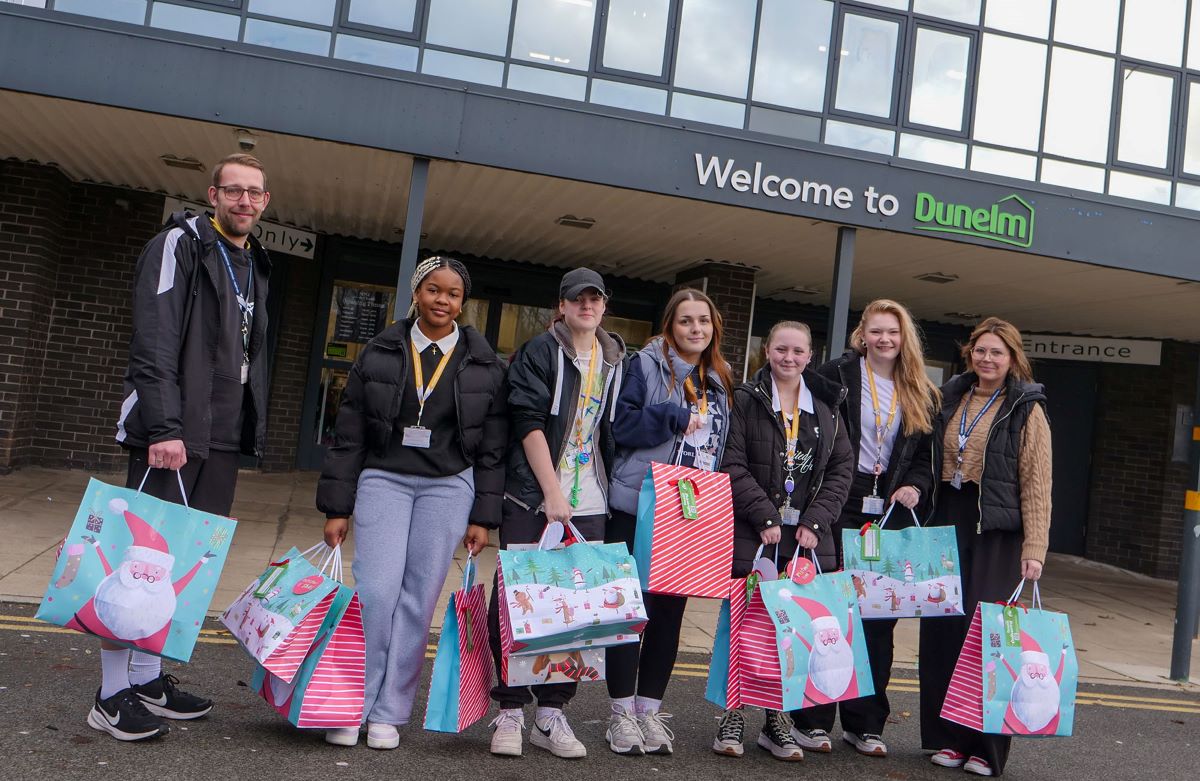Attainment gap remains stubbornly wide after pandemic, with reading most affected

SOCIO-ECONOMIC ATTAINMENT GAP REMAINS STUBBORNLY WIDE AFTER PANDEMIC, WITH READING SKILLS PARTICULARLY AFFECTED
EEF PUBLISHES FINDINGS FROM LONGER-TERM NFER STUDY ON THE IMPACT OF THE PANDEMIC ON YOUNGER PUPILS’ ATTAINMENT
New evidence shows schools continue to face big challenges supporting socio-economically disadvantaged and low attaining pupils because of the COVID-19 pandemic. This is according to a major piece of research published by the Education Endowment Foundation (EEF) today, that tracks the longer-term impact of the COVID-19 pandemic on younger pupils’ reading and maths skills.
The study, by the National Foundation for Educational Research (NFER), followed 6,000 pupils who were in Reception and Year 1 (four- to six-year-olds) in March 2020 until the spring term of 2022. It investigated how this group of pupils’ attainment and social skills had been affected by disruptions to learning.
Many children have caught up, but younger pupils still struggling with reading
Today’s research finds that – on average – pupils who were in Year 3 in spring 2022 (seven- and eight-year-olds) have caught up in both reading and maths compared with pupils before the pandemic.
The picture is more mixed for Year 2 pupils (six- and seven-year-olds). While these pupils have also – on average – caught up in maths, they are still behind in their reading by about three months.
More very low attaining pupils in the typical classroom
However, for some groups of pupils, learning recovery is proving more challenging. The researchers found an increase in the proportion of very low attaining pupils, particularly for reading.
For Year 2 pupils, the proportion of very low attainers in reading more than tripled from 2.6 per cent before the pandemic to 9.1 percent in spring 2022. For Year 3 pupils, the proportion more than doubled from 2.5 per cent to 6.5 per cent.
For maths, the proportion of very low attainment in Year 2 more than doubled from 2.6 per cent before the pandemic to 5.5 per cent in spring 2022. For Year 3 pupils, the increase was less pronounced, rising from 2.5 per cent to 3.9 per cent.
In the typical Year 2 classroom, this means that there will be three very low attaining pupils for reading, compared to one before the pandemic. This creates additional challenges for schools and teachers, particularly those in disadvantaged areas with higher proportions of lower attaining pupils, as they work to provide targeted support for their pupils who are struggling.
Socio-economic attainment gap is wider than before the pandemic and shows no sign of reducing
An additional and significant challenge identified by today’s report is that the attainment gap between socio-economically disadvantaged pupils and their peers has widened since before the pandemic and has remained at a similar level since spring 2021.
In Year 2, the disadvantage gap in spring 2022 was around six months’ progress for reading, and around five months’ progress for maths. For Year 3 pupils, the gap was even wider, at around nine months’ progress for reading and around eight months’ progress for maths.
Headteachers concerned about their pupils’ wellbeing
The research also investigated the impact of the pandemic on younger pupils’ social skills and wellbeing. Surveys with headteachers found that they were concerned about Year 2 and Year 3 pupils’ wellbeing, with many introducing interventions to tackle this, adding to teachers’ workload. Two-thirds (66 per cent) of schools surveyed said they were redeploying staff to support social skills and wellbeing, while a slightly smaller proportion (63 per cent) said they were running small-group wellbeing sessions.
Targeted support important for socio-economically disadvantaged pupils, with reading a particular focus
Today’s report provides yet more evidence that socio-economically disadvantaged pupils have been the worst affected by the partial school closures and highlights the importance of targeting support and funding at this group.
The EEF would like the government to make sure that – as more pupils become eligible for pupil premium funding – the amount paid per pupil is protected, ideally increasing in real terms.
Today’s findings also tell us that supporting reading development in younger pupils should continue to be an area of focus. The EEF has a suite of resources to support literacy development in Key Stage 1 and 2 pupils. These include a specialised guidance report complete with eight evidence-informed recommendations to help teachers maximise the impact of their literacy teaching. Relevant strands of the Teaching and Learning Toolkit also provide information around approaches to teaching early reading.
Professor Becky Francis, CEO of the Education Endowment Foundation, said:
“Today’s research gives us clear evidence that the efforts of schools and teachers across the country in supporting their pupils learning are paying off. It is encouraging to see that, on average, younger pupils are making good progress.
“However, the findings add to a heavy body of evidence telling us that socio-economic inequality in education – already entrenched before the pandemic – has grown. Schools are doing – and have done – a lot to mitigate against this, but it would be naïve of us not to recognise that factors outside of the school gate – such as widening poverty – also play a significant part in the widening attainment gap.
“Tackling education inequality – and the factors behind it – is the biggest challenge our education system faces. But doing so must be a top priority for this government. At the very least, pupil premium funding levels should be protected, ideally increasing in real terms for every eligible pupil.”
Dr Ben Styles, Head of Classroom Practice and Workforce at NFER said:
“The huge effort from teachers and school leaders appears to be leading to encouraging recovery amongst some of our youngest pupils, but the disadvantage attainment gap remains a real concern.
“Schools which already face huge challenges are now faced with a large number of very low attaining pupils, particularly in reading, who have suffered most at the hands of the pandemic. It is essential that the National Tutoring Programme is protected from Government cuts and that funds are distributed in a way which directly supports disadvantaged pupils.”
Sector Response
Kevin Courtney, Joint General Secretary of the National Education Union, said:
“The EEF confirms what school staff have been saying with increasing urgency since the start of the pandemic: the socio-economic attainment gap has not only widened, it shows no sign of reducing.
“Schools are doing all they can to address the aftermath of the pandemic, but education alone is not enough. The government continues to ignore the role of poverty in limiting the horizons of children’s learning.
“Schools serving the most disadvantaged pupils have suffered the worst funding cuts since 2015. The EEF provides further evidence that the crisis is worsening. The government must take substantial action to address it. Children need warmth, safe housing, and food. Schools need better funding to support their pupils’ learning, particularly for those who need extra help. These are essential preconditions for any serious and enduring attempt to close the attainment gap.”
Russell Hobby, Chief Executive of Teach First, said:
“It is extremely concerning to see that the attainment gap not only widened during the pandemic, but also shows no sign of reducing. The government must tackle this head on, by weighting funding towards schools serving disadvantaged communities – where it will make the greatest difference. Not only will this targeted investment help to unlock the potential in all our children, it will also help build our future workforce and deliver the growth the government wants to see.”
Stephen Morgan MP, Labour’s Shadow Schools Minister, said:
“The NFER’s findings ram home that Conservative ministers are failing our children and the cost of living crisis made in Downing Street is only threatening young people’s learning further still.
“From a shambolic postcode lottery leaving some pupils with no support at all, to tutors delivering catch-up sessions to empty classrooms, this is yet more evidence of the damage done to children’s futures by the government’s failure to deliver the Children’s Recovery Plan.
“Labour’s plan would have boosted learning and wellbeing for state school pupils across the country with small group tutoring for all who need it and before and after school activities for all.”
Tiffnie Harris, Primary and Data Specialist at the Association of School and College Leaders, said:
“The findings of this report reflect the severe impact that the pandemic has had on many young children during a crucial stage of both their learning and emotional development. Reduced time in class has been particularly damaging to children from disadvantaged backgrounds, with parents having fewer resources and less time to support them.
“Teachers are putting a huge amount of work into helping pupils catch up on learning but, as the report recognises, face a number of challenges. Primary school budgets will continue to be stretched, even after the extra money announced in the Autumn Statement. In an ideal world schools would be able to put in place more individualised and specialist support but that is very difficult to do on existing budgets and staffing levels. The National Tutoring Programme is also difficult to access financially because of the need for schools to top-up the money with 40% from their own budgets.
“Additional resources must be made available to help teachers and leaders support recovery strategies.”
Nick Brook, deputy general secretary of school leaders’ union NAHT, said:
“Well before the pandemic hit, the gap in attainment between children from wealthy and poor families had stopped closing. Nearly 18 months of progress already separated pupils from the poorest communities from their more affluent peers. As this research highlights, an already bad situation will have been made all the worse by the impact of Covid, with the attainment gap now wider than before the pandemic and showing no sign of reducing.
“This report is further evidence of the continued need to invest in education and childhood recovery in the long term.
“Schools will continue to do everything they can to help pupils make the progress they need, but they need the resources to do it.”











Responses